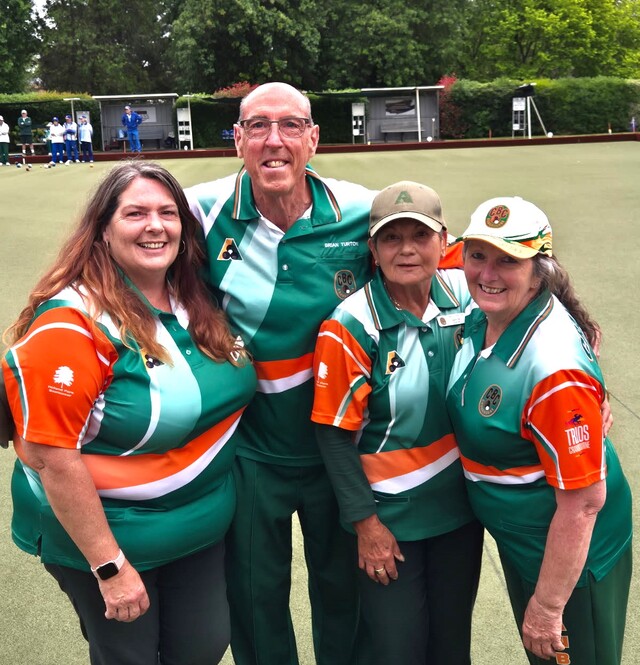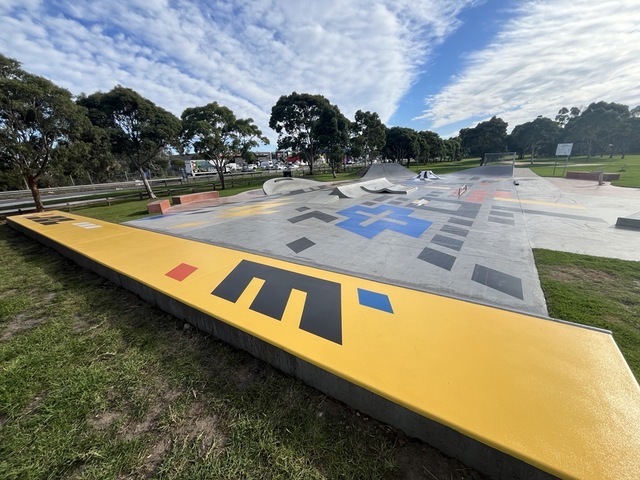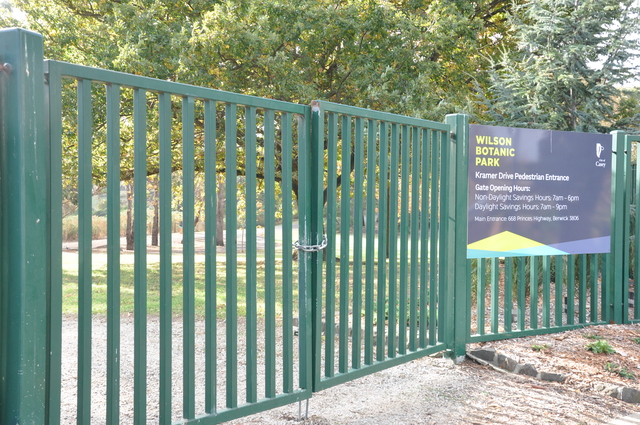A criminology expert has emphasised that the current protections are appropriate, but also the risk of encouraging excessive force, and the possibility of escalating violence, amidst recent calls for a review of Victoria’s self-defence laws.
Libertarian MP David Limbrick recently pushed for the Upper House to review the laws surrounding self-defence in Victoria, citing rising crime rates, break-ins, and the diminishing feeling of safety in homes.
The decision was close, but ultimately did not follow through after the opposing side edged out the support by one vote.
Dr Brianna Chesser, associate professor of criminology and justice at RMIT University, said that, in addition to her previous points, the current framework already balances public safety and victim protection.
“If someone comes into your home, and is enlivened in terms of that person or the homeowner being at risk of death or really serious injury, then the self-defence provisions already apply,” she said.
“I suspect, though, what Mr Limbrick is talking about would be defending the property with lethal force, which is not currently covered by the Act.
“It is covered and permitted in some jurisdictions in the USA, and the UK has a quasi-similar defence, but I really don’t think that would be a great fit for Australia; I think it would actually create situations where there could be further risk.”
Citing Section 322K of the 1958 Crimes Act, Chesser said that it already comprehensively covers instances where one can protect themselves from the “infliction of death or really serious injury”.
Dr Chesser, who is also a clinical forensic psychologist and a criminal lawyer, acknowledged the surge in the number of home invasions, carjackings and other similar crimes throughout Victoria, but that ultimately, “property is property, and life is life”.
Speaking to shoppers and residents around Cranbourne and Narre Warren, from parks to shopping centres such as Fountain Gate and Cranbourne Park, many acknowledged the need for a review, but also that if changes were to be made, they must be met with some balance to avoid a “slippery slope” of making violent interactions in homes commonplace.
The term ‘castle laws’ became a point of reference when Limbrick’s initial proposal was put forward, with Dr Chesser adding that adopting something similar in Victoria and Australia would “be an anomaly in our jurisdiction”.
“I really think that there is a significant distinction between life and property that the castle laws don’t adequately maintain.
“In the US in particular, there are laws and other regulations that are embedded and entrenched in their constitution that permit Americans to behave in ways that Australians are not permitted to under our laws,” she said.
She also added that there is a clear distinction between a person entering one’s home with the intent to commit a serious crime, inflict serious injury or kill, then the homeowner “fighting back and using lethal force”, to those entering a home not in that situation.
Dr Chesser said that there needs to be some clarity behind the perpetrators of the crimes, and that “they are not thinking about the consequences of it”.
“They’re not thinking of the laws that already exist; it’s not as if it’s not illegal to be committing these crimes already.
“I suspect that changing the laws in the way that’s been suggested would, in fact, make it more dangerous for homeowners and would have very little deterrent factor for the offenders that are already committing the crimes,” she said.
Spoken from years in her profession, Dr Chesser said that it is easy to get a strong sense of outrage in reaction to these crimes, especially if one and their family had been subject to it.
As someone who had worked with victims of crime, home invasions and beyond, she said that seeing if there are people who are frightened, then “they need to be focusing on preserving their life”.
“Preserving the life of the family members that are sleeping in the home, not thinking about, ‘where’s the weapon and how do I use it’, and ‘am I trained for this’.
“They’re up against offenders who treat [break-ins] as their job, and it’s just not safe,” she said.
A change, instead, that Dr Chesser would like to see would be a greater focus on self-defence when it comes to family violence, as compared to the protection of property.
Speaking about women who experience family violence, she said that there have only ever been a “handful” who have used lethal force, but have ultimately been unable to access the parameters of the self-defence laws.
“Most women in situations of family violence who use lethal force, or force against their partner, still plead guilty instead of testing the family violence self-defence provisions,” she said.
“I think there needs to be a closer look as to why they’re not having their intended effect, which is really something we’ve seen throughout the suite of changes to the self-defence laws over the last 20 to 30 years.
“Parliament has really good intentions about what it is they could do, but they’re not quite being used in the way that we thought they would.”
Recent developments in the context of family violence see that a person who is experiencing abuse or being subject to violence can act in self-defence even if the harm isn’t imminent.
Dr Chesser considered this a big change, one that dealt with the proportionality and immediacy problem.
Speaking broadly about self-defence, she said that while the calls for reviews were understandable, the current definitions of self-defence in the Act are “fairly comprehensible”.
“I think Mr Limbrick is concerned about the number of home invasions and would like to have that extra deterrent available and an option for homeowners, but violence can’t be the answer,” Dr Chesser said.







